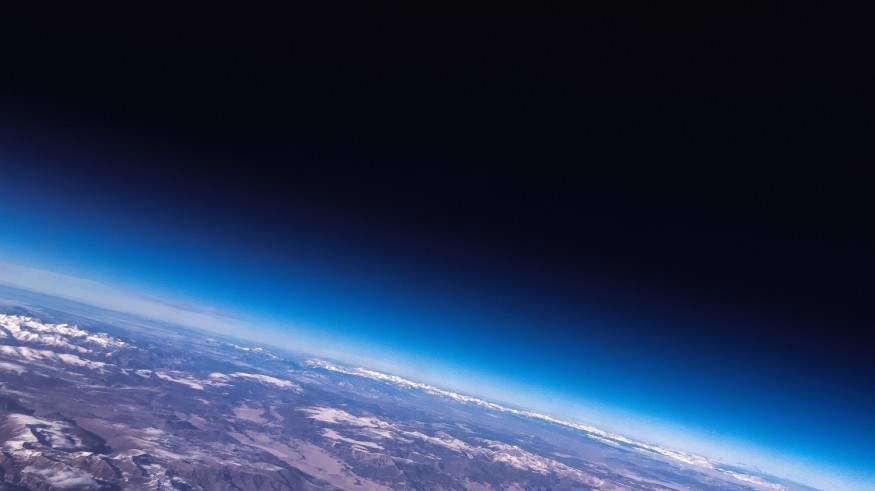Early last August, people living close to Beirut's Lebanese port observed in fear as one of the largest non-nuclear explosions on record caused by humans ripped a portion out of their city, leading to loss of hundreds of lives, with thousands wounded, and hundreds of thousands lost their homes.
The shock from the explosion was felt around the globe, detectors as far away as Germany and Tunisia picked up the deep noise, and tectonic stations close to 300 miles (500 kilometers) away noted its tremor.
Vibration of the Highest Layers
Now it appears that the Beirut explosion led to the highest layers of the atmosphere to vibrate, and the result of the data could notify future efforts to keep a watch on weapons testing carried out by states that are rogue.
Scientists from National Institute of Technology, Rourkela, India, and Japan's Hokkaido University measured electrical interruptions in the ionosphere, discovering the blast was tantamount to the impact of various volcanic explosions.

An Earth and planetary researcher from Japan's University of Hokkaido, Kosuke Heki said they discover that the blast created a wave that journeyed in the ionosphere at a velocity close to 0.8 kilometers per second in a southward direction.
Initiating about 30 miles upward (around 50 kilometers) and extending hundreds of kilometers away into space. The ionosphere is symbolized by high numbers of free-ranging electrons that get bobbled from molecules of gas by solar radiation.
The Use of Variations in Phases
The group made use of variations in phases within microwave transmissions transferred by the Global Navigation Satellite System (GNSS) on the explosion day to measure changes in the circulation of the electrons, which in succession signalled the existence of sound waves through the gases.
It is a ploy that researchers have made use of since the arrival of such network satellites in the 1990s, calculating tides stretching through the upper reaches of our atmosphere to record delicate signs of anything from volcanoes to wretch nuclear testing.
Part of the first forays of experiment into making use of global positioning satellite (GPS) technology to calculate surface eruptions occurred in the middle of 1990s, with researchers taking the chance of three huge underground explosions at a coal mine in the United States of America to know how the ionosphere reacted.

Unclear Traces of the Explosion in Beirut
Yet discovering the unclear traces of the explosion in Beirut in this instance was with a little bit of luck. With the explosion happening early in the evening and near sundown, flaws of the ionosphere known as equatorial plasma bubbles altogether may have covered the signal.
Luckily, no signs of these bubbles were found at the time, giving the researchers a clear picture of the blast sliding through the top atmosphere at the sound's speed.
The scientists matched the contribution of the Beirut eruption on the ionosphere with comparable scars abandoned by a number of recent Japan's volcanic explosions.
For more news, updates about explosions and similar topics don't forget to follow Nature World News!
© 2025 NatureWorldNews.com All rights reserved. Do not reproduce without permission.





